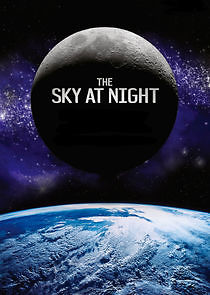|
Total solar eclipses, like the one seen last month in North America, allow us to see details of the Sun that can't be seen at any other time. So, this month, The Sky at Night team looks at how scientists are creating eclipses on demand and discovering the secrets that can be revealed hidden in that starlight, including habitable planets like our own.Maggie Aderin-Pocock goes to Belgium, where the European Space Agency's Proba-3 mission is going through its final testing stages. This ground-breaking mission aims to fly two satellites together in formation, with one satellite acting like the Moon during an eclipse, blocking out the central light of the Sun. This allows the other satellite to image the corona, the Sun's outer atmosphere as seen during an eclipse. Maggie meets Dr Damien Galano from ESA, who tells her all about the challenges of the mission and what it hopes to achieve. Maggie then goes on to meet satellite operations test engineer Marie Beeckman, who takes her up close to the satellites to find out how the testing is going.Meanwhile Pete Lawrence is out and about in Bristol, meeting a team of scientists and amateur astronomers. He discovers how input from the amateurs was crucial to the discovery of two exoplanets colliding, which had caused the dimming of a star.Finally, Chris Lintott is in Glasgow meeting Professor Beth Biller from Edinburgh University to discover why it is only by creating eclipses of distant stars, that we could potentially find exoplanets more like our own.And as ever our resident astronomer, Pete Lawrence, will be guiding us through what can be seen this coming month, with a particular focus on the rewards of viewing in daylight – but as always, he will be reminding us of the need to take care when doing this.
|

Running
|



expresso : Great ending to the episode! Mark Rylance is so good in this.